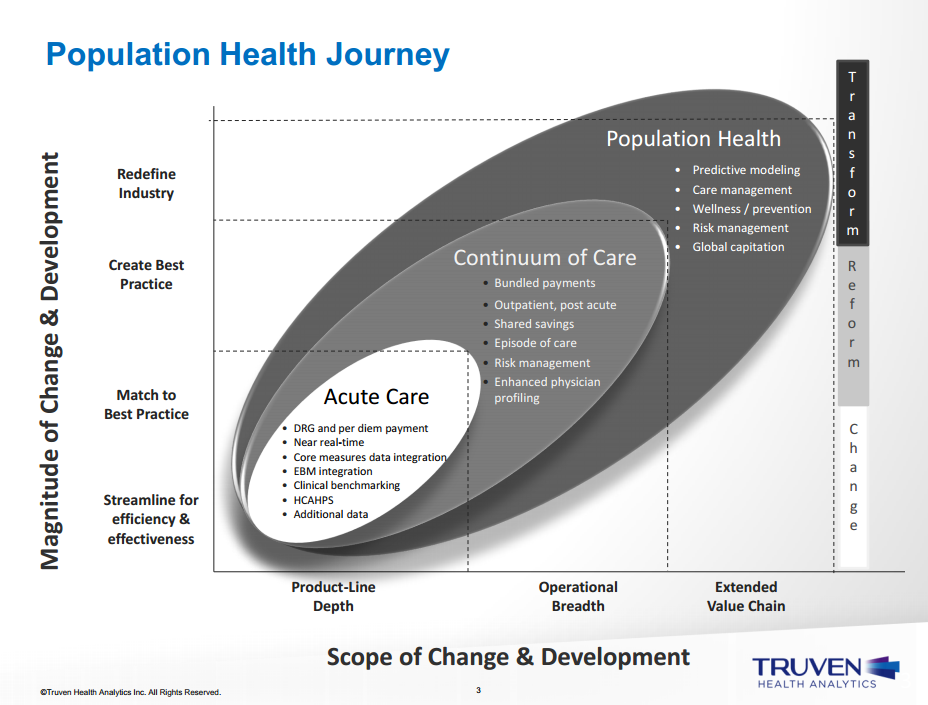So pay for performance doesn’t work. This is hardly surprising when you see the compromise and mediocrity forced upon policy makers to get ideas through. There have been instances of success in health care. Indeed, one could argue that the exemplary success of big pharma in changing physician behaviour has provided a rod for its own back. Why not harness this expertise in getting under the skin of doctors, and pay big pharma sales outfits to guide physician practice in constructive directions, rather than being distracted by flogging pills that don’t really work that well anyway, and potentially harm? Might have a chat with Christian.
http://www.nytimes.com/2014/07/29/upshot/the-problem-with-pay-for-performance-in-medicine.html

“Pay for performance” is one of those slogans that seem to upset no one. To most people it’s a no-brainer that we should pay for quality and not quantity. We all know that paying doctors based on the amount of care they provide, as we do with a traditional fee-for-service setup, creates incentives for them to give more care. It leads to increased health care spending. Changing the payment structure to pay them for achieving goals instead should reduce wasteful spending.
So it’s no surprise that pay for performance has been an important part of recent reform efforts. But in reality we’re seeing disappointingly mixed results. Sometimes it’s because providers don’t change the way they practice medicine; sometimes it’s because even when they do, outcomes don’t really improve.
The idea behind pay for performance is simple. We will give providers more money for achieving a goal. The goal can be defined in various ways, but at its heart, we want to see the system hit some target. This could be a certain number of patients receiving preventive care, a certain percentage of people whose chronic disease is being properly managed or even a certain number of people avoiding a bad outcome. Providers who reach these targets earn more money.
The problem, one I’ve noted before, is that changing physician behavior is hard. Sure, it’s possible to find a study in the medical literature that shows that pay for performance worked in some small way here or there. For instance, a study published last fall found that paying doctors $200 more per patient for hitting certain performance criteria resulted in improvements in care. It found that the rate of recommendations for aspirin or for prescriptions for medications to prevent clotting for people who needed it increased 6 percent in clinics without pay for performance but 12 percent in clinics with it.
Good blood pressure control increased 4.3 percent in clinics without pay for performance but 9.7 percent in clinics with it. But even in the pay-for-performance clinics, 35 percent of patients still didn’t have the appropriate anti-clotting advice or prescriptions, and 38 percent of patients didn’t have proper hypertensive care. And that’s success!
It’s also worth noting that the study was only for one year, and many improvements in actual outcomes would need to be sustained for much longer to matter. It’s not clear whether that will happen. A study published in Health Affairs examined the effects of a government partnership with Premier Inc., a national hospital system, and found that while the improvements seen in 260 hospitals in a pay-for-performance project outpaced those of 780 not in the project, five years later all those differences were gone.
The studies showing failure are also compelling. A study in The New England Journal of Medicine looked at 30-day mortality in the hospitals in the Premier pay-for-performance program compared with 3,363 hospitals that weren’t part of a pay-per-performance intervention. We’re talking about a study of millions of patients taking place over a six-year period in 12 states. Researchers found that 30-day mortality, or the rate at which people died within a month after receiving certain procedures or care, was similar at the start of the study between the two groups, and that the decline in mortality over the next six years was also similar.
Moreover, they found that even among the conditions that were explicitly linked to incentives, like heart attacks and coronary artery bypass grafts, pay for performance resulted in no improvements compared with conditions without financial incentives.
In Britain, a program was begun over a decade ago that would pay general practitioners up to 25 percent of their income in bonuses if they met certain benchmarks in the management of chronic diseases. The program made no difference at all in physician practice or patient outcomes, and this was with a much larger financial incentive than most programs in the United States offer.
Even refusing to pay for bad outcomes doesn’t appear to work as well as you might think. A 2012 study published in The New England Journal of Medicine looked at how the 2008 Medicare policy to refuse to pay for certain hospital-acquired conditions affected the rates of such infections. Those who devised the policy imagined that it would lead hospitals to improve their care of patients to prevent these infections. That didn’t happen. The policy had almost no measurable effect.
There have even been two systematic reviews in this area. The first of them suggested that there is some evidence that pay for performance could change physicians’ behavior. It acknowledged, though, that the studies were limited in how they could be generalized and might not be able to be replicated. It also noted there was no evidence that pay for performance improved patient outcomes, which is what we really care about. The secondreview found that with respect to primary care physicians, there was no evidence that pay for performance could even change physician behavior, let alone patient outcomes.
One of the reasons that paying for quality is hard is that we don’t even really know how to define “quality.” What is it, really? Far too often we approach quality like a drunkard’s search, looking where it’s easy rather than where it’s necessary. But it’s very hard to measure the things we really care about, like quality of life and improvements in functioning.
In fact, the way we keep setting up pay for performance demands easy-to-obtain metrics. Otherwise, the cost of data gathering could overwhelm any incentives. Unfortunately, as a recent New York Times article described, this has drawbacks.
The National Quality Forum, described in the article as an influential nonprofit, nonpartisan organization that endorses health care standards, reported that the metrics chosen by Medicare for their programs included measurements that were outside the control of a provider. In other words, factors like income, housing and education can affect the metrics more than what doctors and hospitals do.
This means that hospitals in resource-starved settings, caring for the poor, might be penalized because what we measure is out of their hands. A panel commissioned by the Obama administration recommended that the Department of Health and Human Services change the program to acknowledge the flaw. To date, it hasn’t agreed to do so.
Some fear that pay for performance could even backfire. Studies in other fields show that offering extrinsic rewards (like financial incentives) can undermine intrinsic motivations (like a desire to help people). Many physicians choose to do what they do because of the latter. It would be a tragedy if pay for performance wound up doing more harm than good.










